1.Magnification Selection
The magnification of a telescope refers to how much it zooms in on an object, which is a crucial indicator of a telescope. Many new users think that the higher the magnification, the better, but this is not the case. Excessively high magnification can degrade image quality, making the viewed scenery blurry.
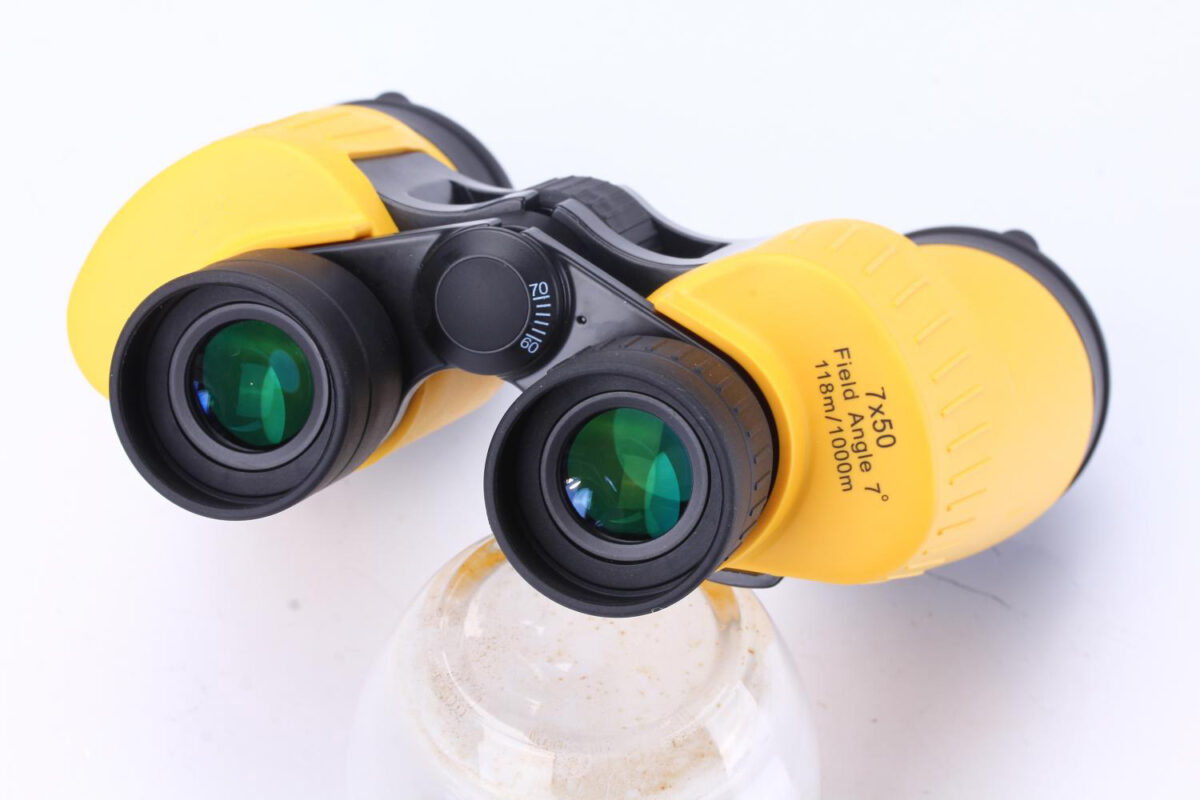
Low magnification is below 6x, medium magnification ranges from 6x to 10x, and high magnification is above 10x. For handheld binoculars, it is generally recommended to choose 7x to 12x.
2.Objective Lens Diameter
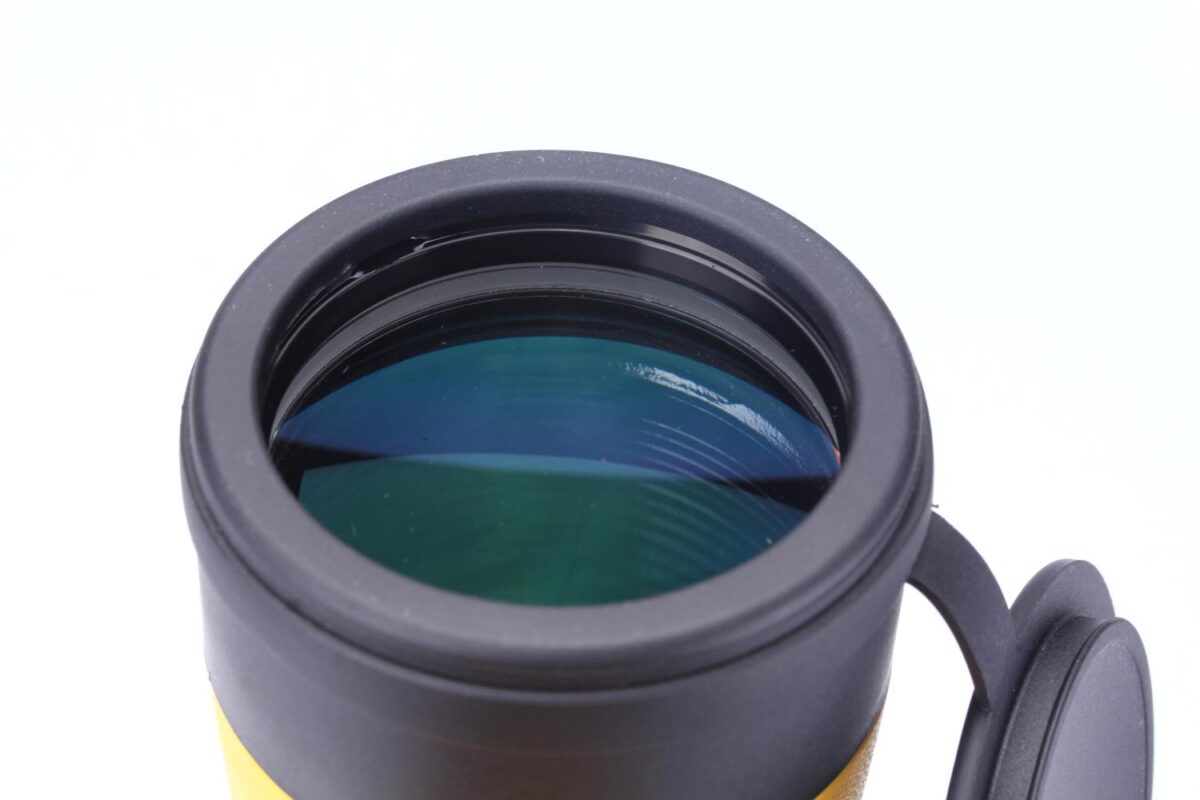
The larger the objective lens diameter of a telescope, the wider the field of view, resulting in better observation effects and a more comfortable experience. However, an overly large diameter makes the device bulky and increases costs. Telescopes with an objective lens diameter of less than 30mm are more portable, suitable for traveling and watching performances. Those with a diameter between 30mm and 50mm are conventional models, ideal for bird watching.
3.Field of View
The field of view refers to the observable range at a distance of one kilometer. For example, the parameter “97/1000” on a telescope means that the telescope can observe a range 97 meters wide at a distance of 1000 meters.

The comparison of field of view sizes should be made under the conditions of similar diameters and the same magnification. This can be considered according to one’s actual needs. Generally, the eyepieces of telescopes adopt a wide-angle field of view design, providing a relatively broad view.
4.Lens Coating
The coating on telescope lenses mainly functions to reduce reflection, improve transparency, and thus enhance observation brightness. The darker the reflection, the better the effect. Common coatings include multi-layer coating, broadband green coating, single-layer green coating, single-layer blue coating, and decorative coating. Generally, multi-layer coatings offer higher light transmittance.
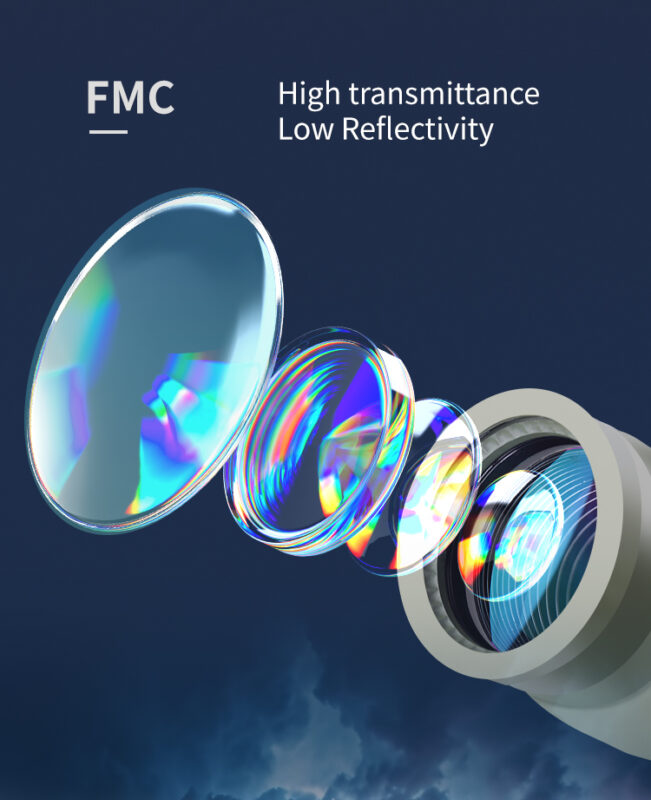
5.Prism
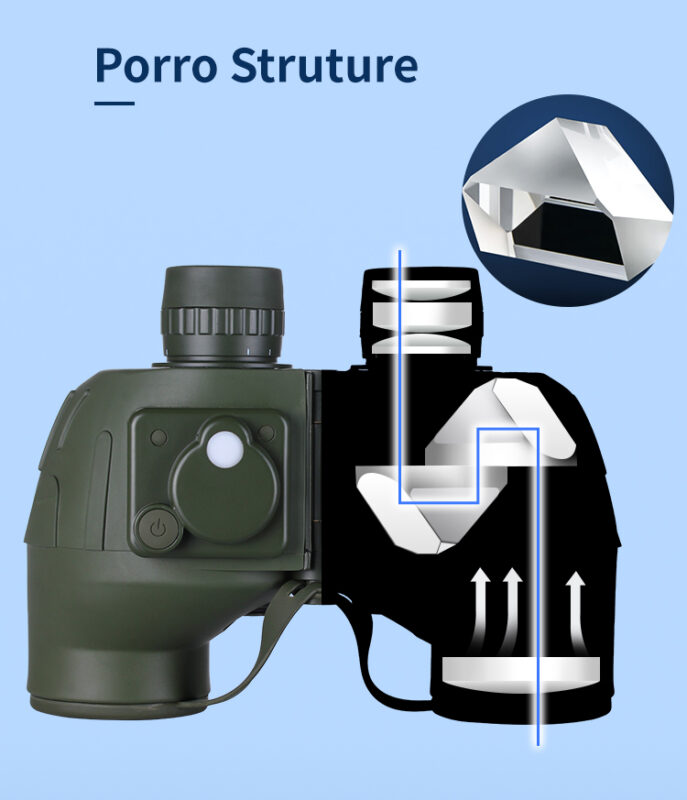
Prisms are lenses that convert inverted images in the telescope into upright ones. The two commonly used prism lenses are BAK4 and BK7. BK7 has lower light transmittance, with dim edges, while BAK4 has higher light efficiency, stronger ability to reflect light, and produces clearer images.
6.Eye Relief
Eye relief is the distance from the eye to the eyepiece, i.e., how far the observer needs to be from the lens to see the entire field of view. Telescopes with long eye relief, generally between 15mm and 22mm, are more suitable for spectacle wearers. Those who do not wear glasses may not need to consider telescopes with long eye relief.
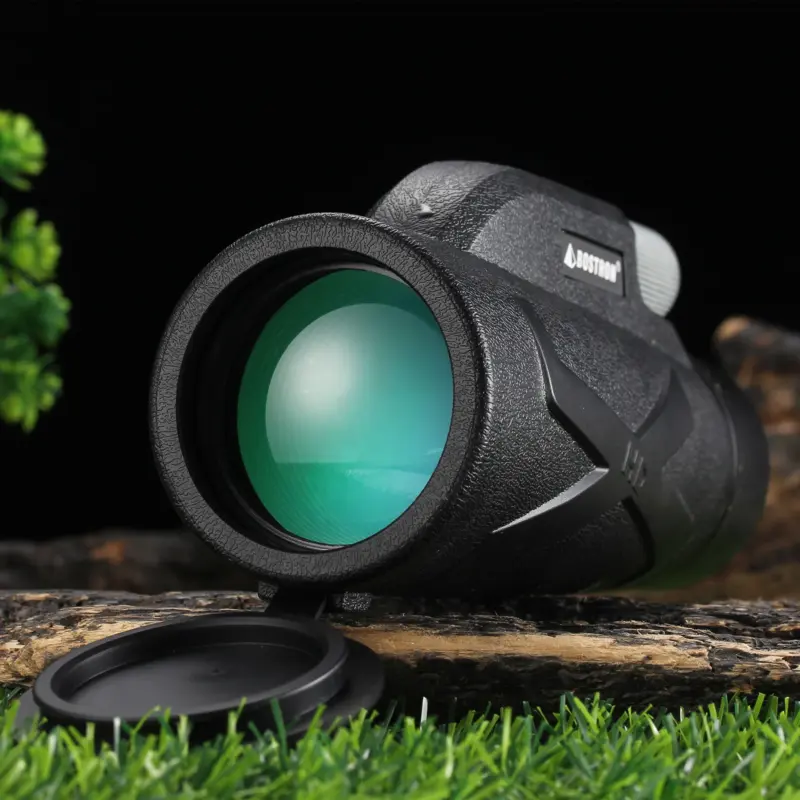
7.Structural Material
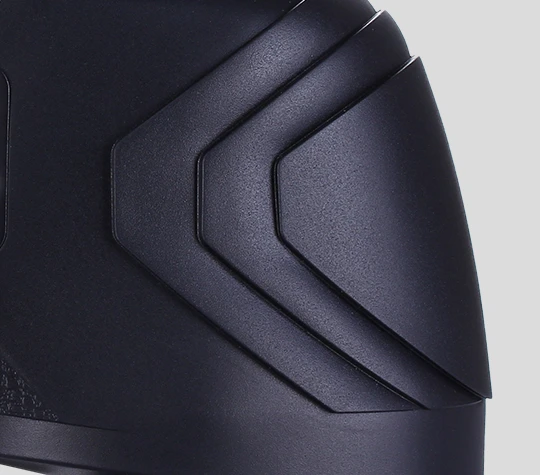
Some telescopes have frames made of engineering plastics, with plastic bodies and barrels, making them lightweight. Some models, including military ones, adopt an all-metal structure, which is sturdier and more durable but bulkier and relatively expensive. However, “different strokes for different folks” – those who prefer a metal texture can consider such models.
8.Something Others
When purchasing a telescope, check if its appearance is well-crafted, with no scratches, etc. Also, consider its purpose. For outdoor travel, choose a lightweight and portable telescope, preferably with nitrogen-filled waterproof functions, so it can be used in rainy days without affecting clarity, and the barrel is less likely to get moldy.
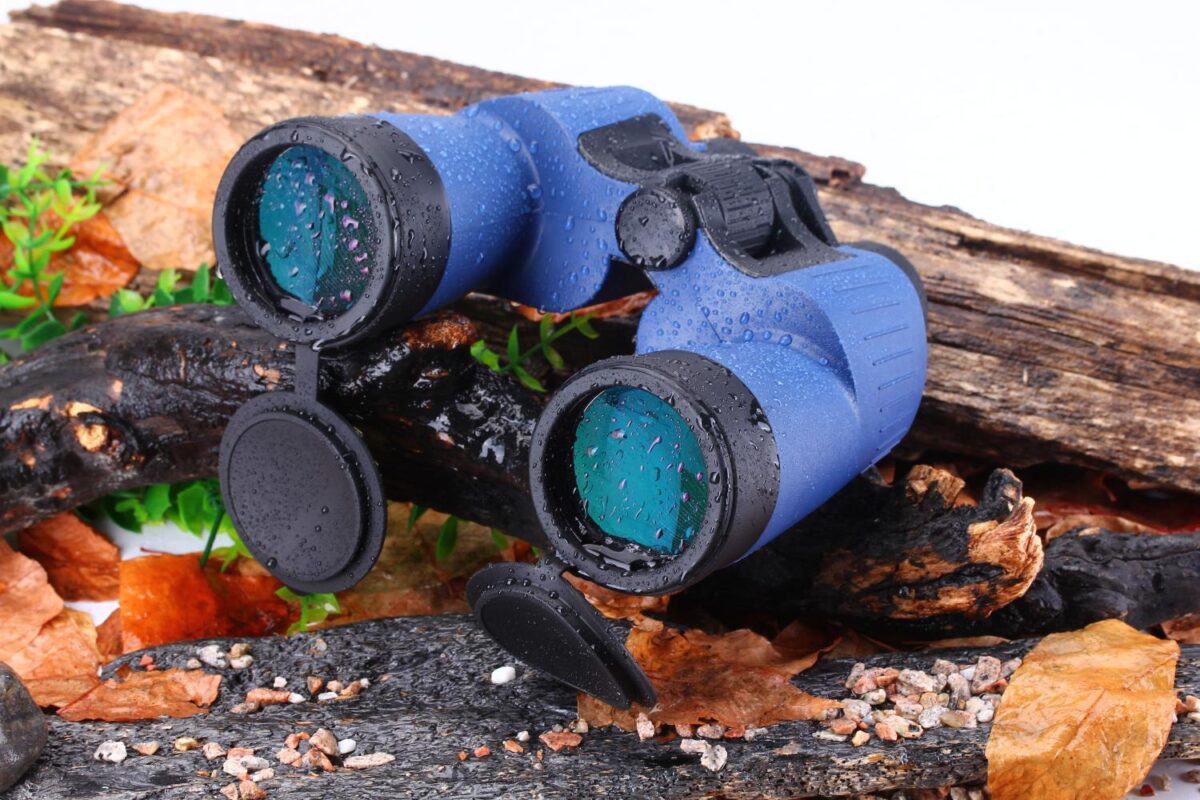
Click here to check out the products we have carefully prepared for you
https://bostronoptics.com/product/?per_page=24
Or you can find us in Youtube!


